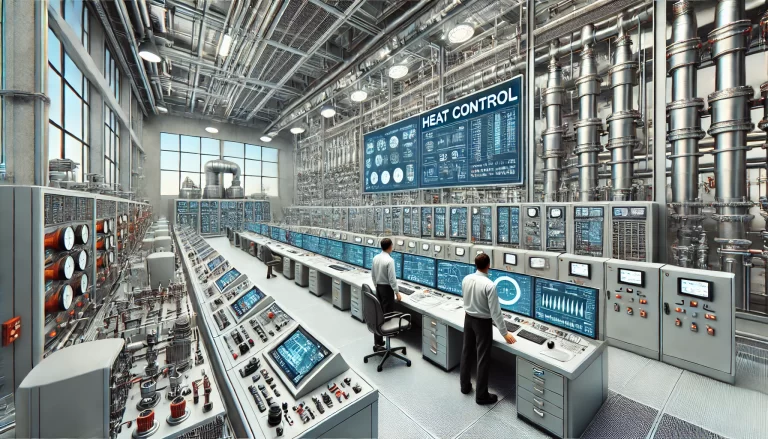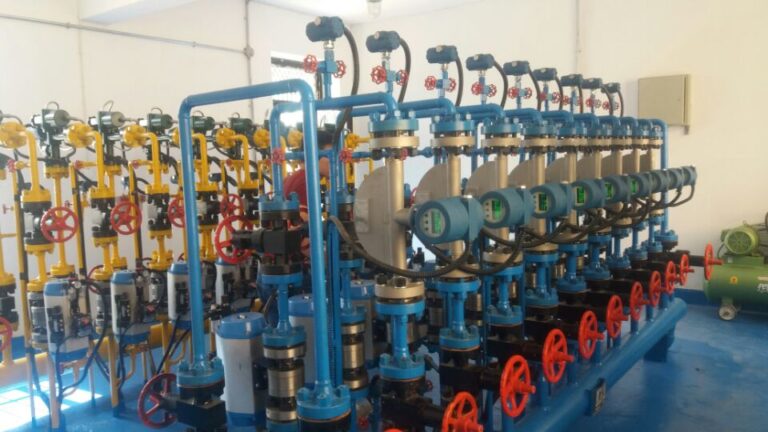Selecting the right accuracy class for measurement instruments is crucial for ensuring reliable data and informed decision-making in industrial applications. The accuracy of a measurement instrument directly affects the quality of measurements and, consequently, the success of operational processes. This article explores key factors influencing instrument accuracy and offers practical guidance on how to choose the appropriate accuracy class.

Factors Affecting Instrument Accuracy Class
Measurement Range The range of an instrument is one of the primary factors that impact its accuracy. Generally, as the measurement range increases, the relative error may also increase, potentially reducing measurement precision. When choosing an instrument, it is important to consider the actual measurement range. Instruments with smaller full-scale values tend to have higher accuracy, as their measurement range is more focused.
For example, a flow meter designed to measure small flows will usually have higher accuracy than one intended for large flows, as smaller flows require more precise calibration and fewer potential variables.
Operating Environment The operating environment—such as temperature, humidity, vibration, and electromagnetic interference—can significantly affect the accuracy of instruments. In harsh or variable conditions, instruments may experience drift or degradation in measurement performance. Therefore, in extreme environments, selecting an instrument with a higher accuracy class is essential to ensure measurement reliability.
For instance, an instrument used in an industrial plant where temperature fluctuations are common should be chosen with greater precision to mitigate errors caused by environmental conditions.
Frequency of Use Instruments that are frequently used, particularly in high-demand environments, may experience wear and tear over time, leading to a decrease in accuracy. Regular usage can cause parts to degrade, which affects calibration. For this reason, choosing a high-accuracy instrument for operations that require frequent measurements is often a wise choice.
A well-maintained, high-precision instrument will ensure consistently accurate results even under heavy usage.
Calibration and Maintenance Regardless of the instrument’s initial accuracy, regular calibration and maintenance are essential to sustain its precision over time. Instruments that are not calibrated periodically can lead to errors, even if they were initially highly accurate. It is crucial to establish a routine for checking and calibrating instruments to maintain their accuracy.
This is particularly important for critical applications in industries such as pharmaceuticals or food processing, where even small errors can result in significant operational or regulatory consequences.

How to Choose the Right Accuracy Class
Selecting the appropriate accuracy class depends on various factors, including the application requirements, budget constraints, and the long-term use of the instrument. Here are some practical steps to help you make an informed decision:
Understand Your Application Needs The first step in selecting an instrument is to evaluate the specific needs of your application. If your industry demands extremely high precision, such as in research or laboratory settings, you should opt for an instrument with a higher accuracy class (e.g., Class 0.1 or 0.2). In less stringent environments, a lower accuracy class may suffice.
For example, for applications in basic industrial processes where exact measurements are not as critical, an instrument with an accuracy class of 1.0 or 0.5 might be adequate, providing a balance between cost and performance.
Consider the Total Cost High-precision instruments tend to be more expensive due to their superior construction, materials, and advanced technology. When selecting an instrument, it’s important to weigh the benefits of improved accuracy against the added cost. For most industrial applications, a Class 0.5 or 1.0 instrument will generally meet the accuracy requirements while keeping costs under control.
It’s also important to factor in the costs of ongoing maintenance, calibration, and potential downtime. Even a low-cost instrument could result in higher operational costs if frequent calibration or repairs are required.
Seek Professional Advice If you’re unsure about which accuracy class is right for your application, consulting with professionals or suppliers can provide valuable insights. Suppliers often offer guidance based on your specific needs and can recommend the best instruments for your use case.
Expert opinions are especially helpful when dealing with specialized instruments, where the choice of accuracy class can significantly impact the quality and efficiency of your operations.

Conclusion
Choosing the right instrument accuracy class is a balance between performance, cost, and environmental factors. The smaller the accuracy class number, the more precise the instrument, and thus the more reliable the measurements will be. However, the costs associated with high-precision instruments should not be overlooked.
In summary, when selecting an instrument, it’s essential to:
- Assess the application’s precision requirements.
- Consider the operating conditions and environmental influences.
- Factor in the total cost, including long-term maintenance and calibration.
- Consult with professionals if necessary to ensure the right choice.
By carefully evaluating these factors, you can select the appropriate accuracy class for your measurement instruments, ensuring both the reliability and cost-effectiveness of your operations.
